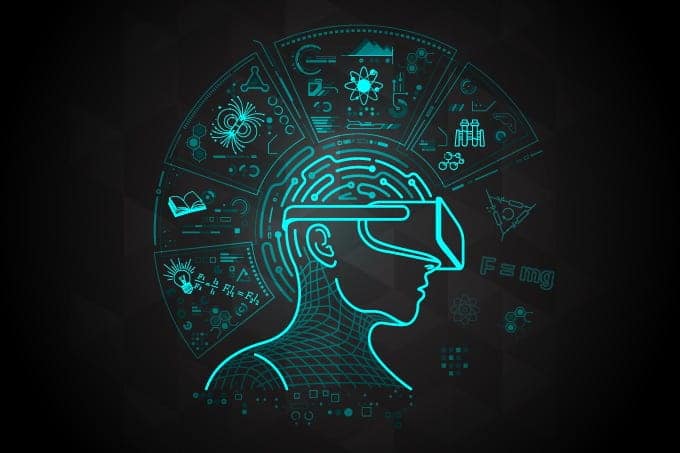Enriching Education: Unlocking the Potential of AR/VR
- wtsverse
- July 7, 2023
Teaching and learning processes have evolved over the years. From traditional approaches like blackboards and chalks to smart boards and computers. And now, with the advent of the metaverse, AR and VR are infused into the educational world.
How would AR and VR help in education, you must be wondering.
Let’s explore how both of these technologies are on the path to revolutionizing everything that teachers and learners could ever imagine.
What are AR and VR?
VR stands for Virtual Reality. It was first coined in the mid-1400s. It meant “being something in essence or effect, though not actually or in fact”. Later in 1959, it was used in terms of computers, where it almost meant the same: “not physically existing but made to appear by software”
The textbook definition of virtual reality in the 21st century states that it is a simulation of 3D images or an environment that can be interacted with in an apparently physical manner generated by a computer. To make something appear that does not exist, computers use various software to generate virtual images and environments that can be seen through VR glasses or helmets, much like regular glasses/helmets but a lot bulkier in nature.
AR on the other hand means Augmented Reality. Its inception took place in the 1960s.
Many individuals often mix up Augmented Reality (AR) with Virtual Reality (VR), despite the fact that these technologies possess subtle distinctions. Although they share certain similarities, such as the incorporation of virtual elements, there exist notable differences between them. Primarily, AR revolves around the utilization of the real-world environment, while VR immerses users entirely in a virtual realm. In simpler terms, AR combines virtual elements with the real world.
You can imagine, how useful these can be to use it in the field of education.
The Role of AR-VR in Education
We all know how complex the topics can get when it comes to learning subjects like Geometry, Biology, Physics, etc. AR-VR can soften the blow of difficulty for students by creating simulated 3D images that can be perceived much better than 2D ones on a blackboard. Students can comprehend topics in a drastically easier manner.
AR and VR even benefit the teachers since they don’t have to spend hours copying and drawing diagrams on the blackboard. And let’s face it, most of us aren’t good at drawing diagrams! AR and VR can be lifesavers in such circumstances.
Overall the whole audio-video immersive experience that teachers and students get from using AR and VR to teach and learn various topics can enhance the quality of education to a whole new level.
Various Use-Cases of AR/VR in Education
- Communication Skills: Students from various disciplines are utilizing VR technology to enhance their communication skills, particularly their public speaking abilities. Virtual speech courses in VR e-learning platforms allow students to practice public speaking and presentation skills by choosing the size of the virtual audience they want to address.
- Humanities: History, archaeology, and political science students are benefiting from virtual tours of historical monuments and archaeological sites located in distant places, enhancing their learning experience. Additionally, students studying arts can explore world-renowned museums and their art collections firsthand through VR.
- Architecture & Engineering: The fields of architecture and engineering are witnessing widespread utilization of AR/VR. Designers are not only able to bring their visions to life by creating accurate 3D models but are also pushing the boundaries of physics and mechanics by exploring imaginative and innovative designs.
- Sciences: Educational institutions are leveraging the immersive capabilities of AR/VR to provide students with interactive learning experiences in subjects like human and animal anatomy, molecular biology, chemistry, and atomic physics. Furthermore, astronauts and pilots are extensively utilizing this technology for their training purposes.
- Business Studies: AR/VR is proving to be an effective tool for explaining different business and economic models to students. By using AR/VR, concepts like real buying-selling, in-store experiences, production lines, and supply chains can be visually represented, providing students with a better understanding of these processes. This technology greatly contributes to preparing students for the corporate world.

